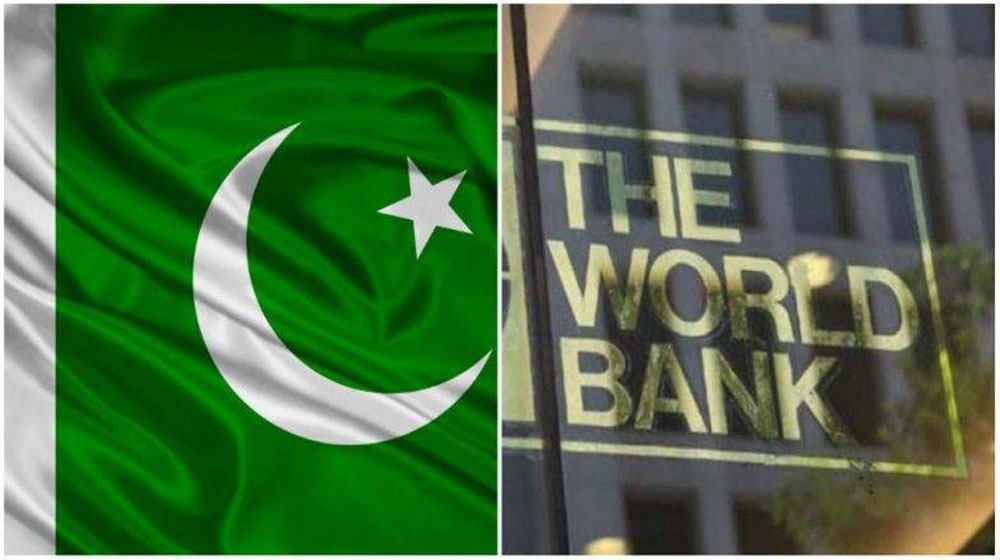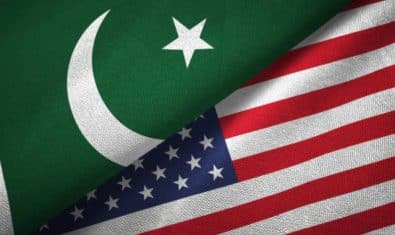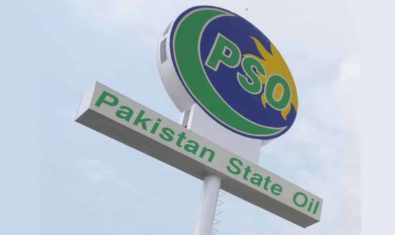Pakistan has seen a higher rate of food inflation in the region, which is partly linked to global trends due to COVID and partly to domestic policies, said Najy Benhassine, World Bank Country Director for Pakistan.
“Around 68 percent of Pakistan’s population is unable to afford a healthy diet, leading to malnutrition and food inflation makes the situation further worse and increases the vulnerability,” said Benhassine while addressing at the Pakistan Development Policy Series 2021’s sixth webinar of the series: Food Inflation & Market Interventions.
The webinar focused on the nature of food price inflation in Pakistan, especially in the fresh produce and milk and meat market, which was attended among others by Asad Rehman Gilani, Secretary Agriculture, Punjab, Mr. Kaukab Iqbal, Chairman, Consumers Association of Pakistan, Namesh Nazar, Agricultural Economist, World Bank, Omar Hayat Gondal, Ph.D. Candidate at the University of Washington, former Civil Servant, Shariq Vohra, President, Karachi Chamber of Commerce and Industry, and Shaukat Mukhtar, General Secretary and Spokesperson of the Dairy Farmers’ Association, and Amina Bajwa, Member, Prime Minister’s Strategic Reforms Unit.
The World Bank Country Director for Pakistan said that during May 2020 and May 2021, food prices increased by 14.8 percent in Pakistan. Recently, a note was produced on this topic, which observed that the inflation was mainly due to long term, systems, vulnerability to external shocks, bad weather, inefficient resources use, as well as distortionary policies, which led to stagnant agricultural productivity and high reliance on imports to meet productivity gap.
Amina Bajwa, Member Prime Minister’s Strategic Reforms Unit, said that there could be three reasons for food inflation, including supply-side issues, demand-side issues, and domestic and international market shocks that affect food prices. An average household in Pakistan spends more than a third (nearly 36 percent) of its consumption expenditure on food, she added.
She said that the supply-side issue is due to the low yield and low productivity of agriculture in Pakistan, bunch of reason for that is the high cost of production. She said there is hoarding and smuggling, which hamper supply in the country. Further costly input, climate change, low production, inefficient food supply chain, lack of storage facilities, processing, and distribution losses all contribute to supply-side issues that result in inflation in Pakistan.
She further said that on the demand-side, Pakistan has a high population growth rate. The rising GDP, which results in increasing per capita income and further results in an increase in consumption and inflation. Currency fluctuation and oil prices affect imports and result in affecting the market.
She said inflation in Pakistan, where a huge population is living below the poverty line, is a matter of great concern, and sometimes government intervention is needed to arrest the inflation and give relief, but sometimes it distorts the market.
Dr. Ijaz said that food inflation is gone very high in Pakistan, which is partly due to supply shocks but also due to the market structures. When we talk to the farmers, they say they do not get the right prices, and consumers complained about higher prices.





















